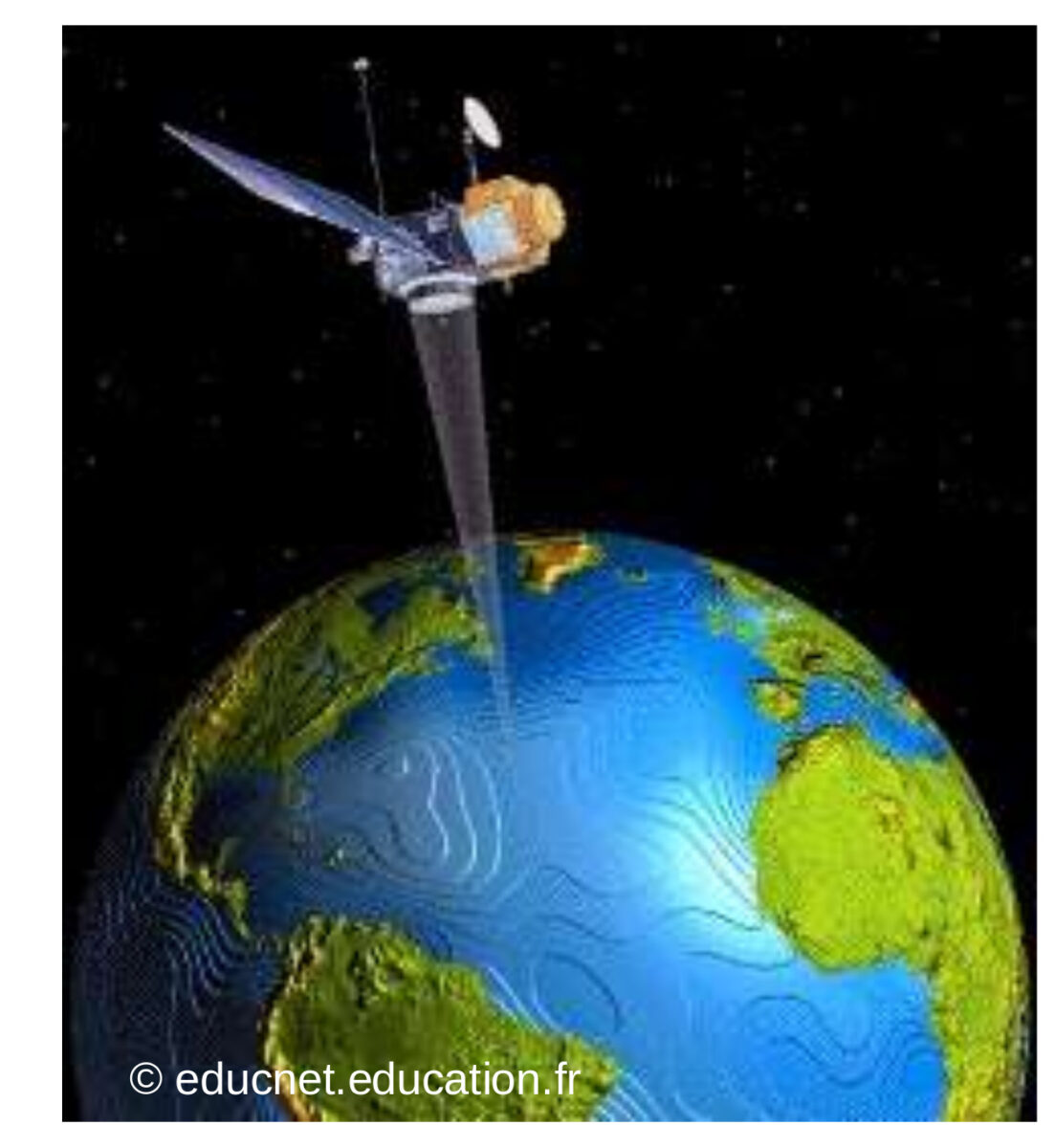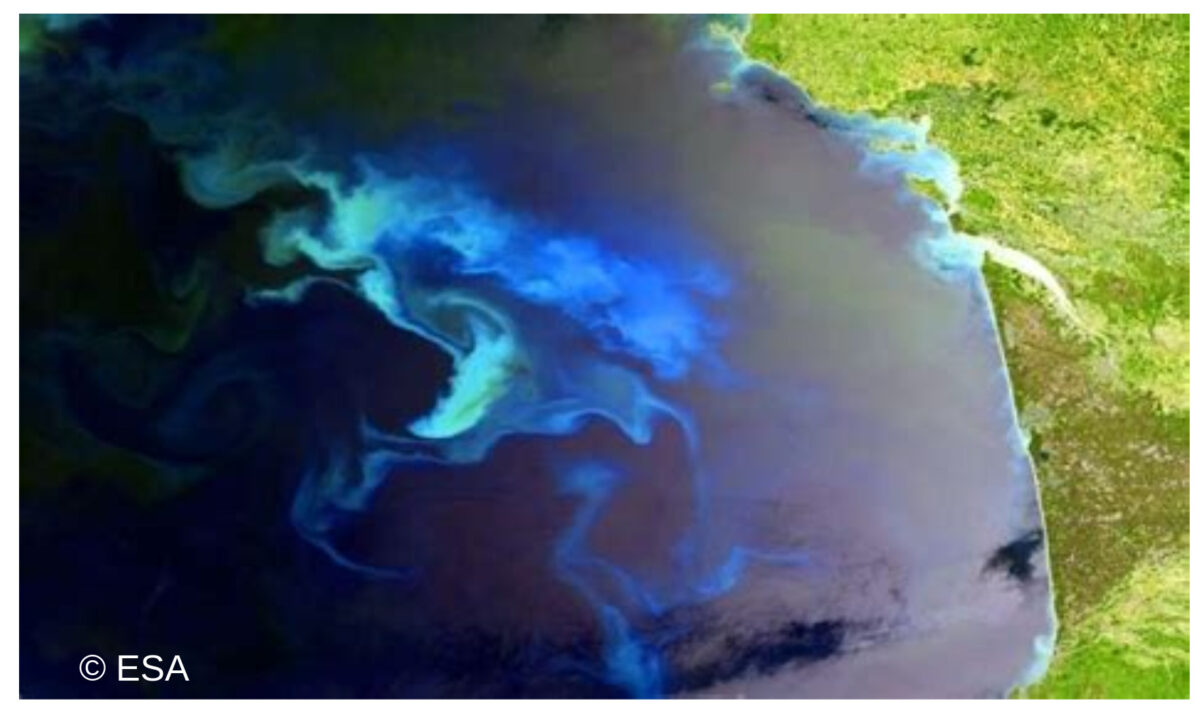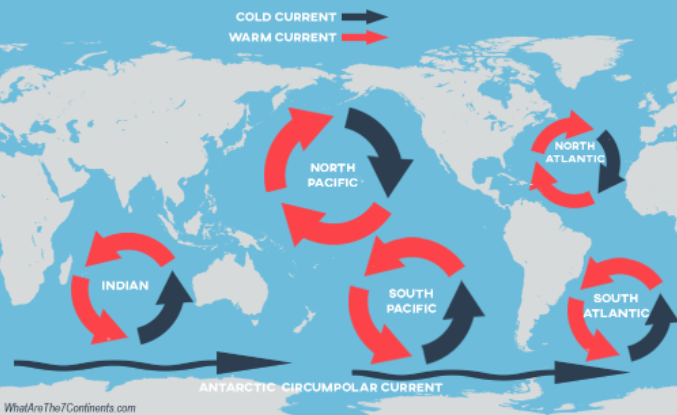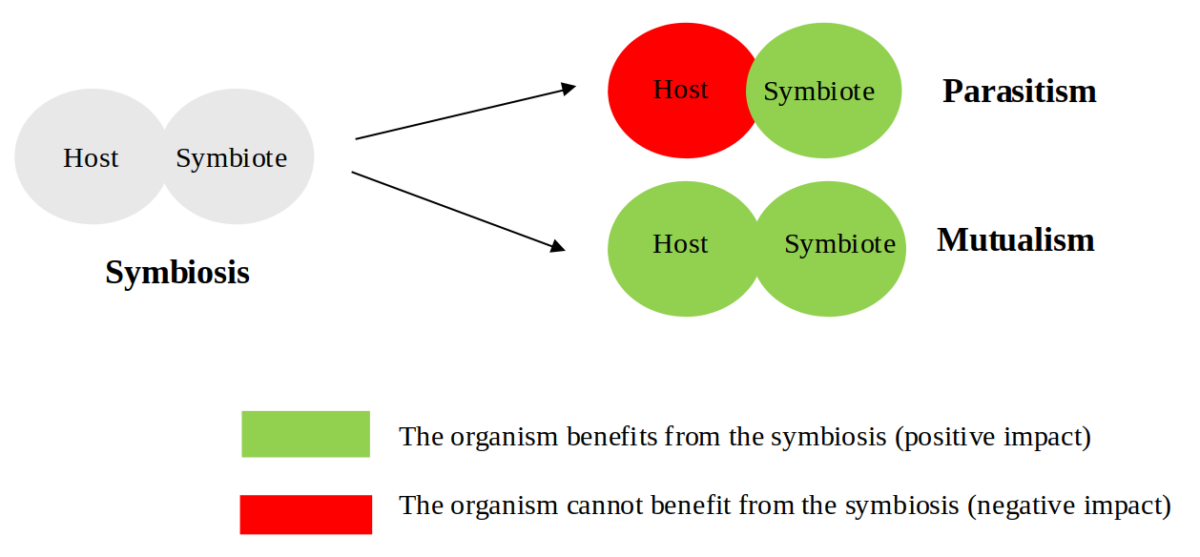Scientific glossary
Compiled by Bleuenn Prijac, Clément Panelle & Sara Sergi
A
- Acoustics: The science of sound. In oceanography, active acoustics (i.e. via the emission of a signal) can be used to study currents or organisms present in the water column. Passive acoustics (i.e. without emission of a signal) is used for the analysis of sounds present in marine environments (e.g. vocalizations emitted by marine mammals or sounds produced by landslides or icebergs).
- Advection: Advection is a physical phenomenon corresponding to the transport of a chemical element or energy by the movement of its environment. For example, currents will advect (transport) chlorophyll in the surface ocean. The Gulf Stream will also advect warm water masses northward and along the coast of the United States.
- Aerosols: Aerosols are particles that are suspended in the air and can be of different natures. We find for example organic aerosols like soot, solid aerosols, liquid aerosols and even mineral aerosols (eroded rocks). Their origins can be natural or anthropogenic (i.e. from human sources). As fine particles they can have effects on the health of living organisms.
- Altimetry: Altimetry is a measurement made by satellite that allows us to deduce the topography of the ocean surface and geostrophic currents (large-scale current induced by the Earth’s rotation, which causes a deviation to the right in the Northern Hemisphere and to the left in the Southern Hemisphere). To do this, it is sufficient to measure the distance between the surface of the water and the satellite by a RADAR beam.

- Anthropogenic: That which comes from human activities.
- Aquaculture: Activity that consists of breeding and growing fish in large installations at sea or on land, for human consumption or as an input for farming.
- Asphalt: Asphalt is a mixture of bitumen and aggregate used to pave roads.
B
- Benthic maps: Benthic habitat maps (benthos: all organisms that live on the sea floor) help to define the type of environment (physical and/or biological) found on the sea floor. Benthic habitats can be as different as forests, marshes or grasslands on land. They provide essential information to define management policies for the marine environment, balancing exploitation and conservation issues.
- Bioaccumulation: This phenomenon refers to the ability of some organisms to absorb a chemical substance into a part of their body. Some of these chemicals can be toxic such as lead or mercury.
Do you know that? Bioaccumulation can lead to biomagnification. Biomagnification allows bioaccumulation to continue in another level of the food chain. For example, methyl mercury released into the ocean is bioaccumulated by fish, and can then be found in human organisms that consume the contaminated fish. Methyl mercury is an extremely toxic chemical that causes severe neuronal disease. This disaster occurred in Minamata, Japan in the 1950’s and resulted in the death of 900 people.
- Biodiversity: The diversity and variability of living organisms. Different metrics can be adopted to measure various facets of biodiversity (e.g., species diversity, gene diversity within each species, or the organization and distribution of ecosystems).
- Biogenic silica: Biogenic (i.e. organic) silica is a natural constituent of living matter. It constitutes the external envelope of many living organisms and has a protective role. For example, diatoms use the silicon present in seawater in dissolved form, orthosilicic acid, as a nutrient to form their siliceous shell called frustule.
- Biomass: In ecology, biomass refers to the total organic mass of living organisms in an environment. It is often expressed in units of surface or volume (biovolume).
- Bloom (phytoplankton): A phytoplankton bloom is a sudden increase in the concentration of one or more species of phytoplankton. This kind of phenomenon is also called “algal bloom”, and results in a coloring of the water that is very well detected by satellite.

- Bioprospecting: Bioprospecting consists of making an inventory of the elements and organisms that constitute the biodiversity of an ecosystem. This kind of work is used for scientific purposes but especially for the conservation and creation of Marine Protected Areas.
C
- Continental Shelf: The extension of the continent below the ocean surface to the continental slope. The depth of the continental shelf is generally less than 200 meters.
- Copepods: Copepods are major representatives of marine zooplankton. They feed on microscopic plant organisms and are consumed by many animals from fish larvae to whales.
- Coralligenous: Emblematic ecosystem whose main builders are the algae capable of constructing, by superposition of crusts or by accumulation of deposits, coral massifs.
D
- Demography: study of populations and their evolution over time.
- Diatom: Microscopic unicellular algae whose membrane is surrounded by a siliceous shell.
E
- Ecology: Branch of science that studies the interactions of organisms with each other in their environment.
- Ecosystem: A group made up of the environment (biotope) and the organisms that live there (biocenosis).
- Eddy: An eddy is an element of a turbulent fluid mass with its own properties (individuality, lifetime, physical and/or biogeochemical characteristics). Oceanic eddies are small/medium scale structures (of the order of tens/centuries of km and with lifetimes of the order of weeks/months). Eddies are characterized by circular motions and are said to be “anticyclonic” when they rotate clockwise in the Northern Hemisphere and counterclockwise in the Southern Hemisphere. On the contrary, they are said to be “cyclonic” when they turn in the opposite direction in the two hemispheres respectively.
- Euphotic/aphotic zone: Area of the ocean where light penetrates the water column allowing photosynthesis and the production of phytoplankton. Conversely, the aphotic zone is the zone where light is rare or absent.
- Eutrophication: Eutrophication is a phenomenon that leads to the deterioration of an ecosystem by the abnormal proliferation of certain plant organisms. This phenomenon takes place during anthropogenic (i.e. of human origin) discharges of nutrients into the water allowing most of the time the growth of macro algae.
- Extracellular digestion: Phenomenon by which a cell can digest a prey outside its body.
F
- Food web: All the relationships that are established between organisms according to the way they feed. We distinguish between organisms that are primary producers (commonly called plants), primary consumers (herbivores), secondary consumers (carnivores) and detritivores.
G
- Geostrophic current: Geostrophic is a current in which the force of the pressure gradient is balanced by the Coriolis effect, due to the rotation of the Earth.
- Gregarious fish: Fish living in groups of several individuals.
- Gyres (oceanic): Circulations on the scale of the ocean basin (e.g. North Atlantic, South Atlantic, Indian oceans, etc.). These circulations, formed by major currents, turn clockwise in the Northern Hemisphere and counter-clockwise in the Southern Hemisphere.

Do you know that? Ocean gyres tend to accumulate in their centers the macro plastic waste that we throw into the ocean. This forms vortexes of waste that become real “waste continents” over time.
H
- Halieutics: All disciplines related to fishing.
- Holistic observation: Holistic observations are intended to expand the field of observation by using multiple scientific disciplines.
- Hydrothermal vent: Hydrothermal vents are hot water sources observed in particular at the level of oceanic ridges (divergence of two tectonic plates) between 500 and 5000 meters deep. There are two types of hydrothermal springs: the black smokers which discharge water at high temperature (350°C) and acidic pH and the white smokers which discharge less hot water (150°C). The white color results from the precipitation of calcium sulfide.
I
- In situ data: In situ data are data measured in situ : at the location where the phenomenon is studied and in the natural environment.
- Ion: Atom or group of atoms carrying an electric charge, in particular having gained or lost one or more electrons.
- Isotope: Two isotopes are two elements that have the same chemical symbol and the same number of protons but not the same number of neutrons. These isotopes can be measured to determine the origin of an element. To do this, isotope ratios are used to compare the relative importance of one isotope to another in a sample.
J
K
- Kinematics: In physics, kinematics is the study of movements independently of the causes that produce them, or, more precisely, the study of all possible movements. Besides the notion of space, which is the object of geometry, kinematics introduces the notion of time. To illustrate this, let us take the example of a penguin in an escalator. In the reference frame of the escalator, the penguin runs at 4 km/h. But in the terrestrial frame of reference, given that the escalator itself goes at 4 km/h, the penguin runs at 8 km/h. Here we can study the movement of the penguin independently of the movement of the escalator.
L
M
- Macroplastic: Plastic debris visible to the naked eye.
- Marine Protected Area (MPA): A special area created to preserve an emblematic marine ecosystem (e.g., coral reef, seagrass beds, etc.) and the organisms that live there. It is an example of a natural resource management strategy.
- Mass spectrometry: Mass spectrometry is an analysis technique that allows the classification of ions present in a sample according to their mass/charge ratio. To do this, the apparatus measures the movements of ions present in the sample in electric or magnetic fields. This allows to know which atoms are present in the sample and their concentrations. It is a very reliable but also very expensive device.
- Meso-zooplankton: Part of the zooplankton present in the mesopelagic layer (approximately between 200 and 1000 m depth).
- Monsoon: System of alternating seasonal winds blowing at tropical latitudes (mainly in southern Asia), from the sea to the continent in summer (summer monsoon), from the continent to the sea in winter (winter monsoon).
N
- Natura 2000: Category of natural or semi-natural sites of the European Union having a great patrimonial value by its fauna and its exceptional flora which are present there.
- Nematode: Nematodes are a zoological group characterized by a very simple morphological and anatomical structure consisting of an external tube (skin) and two internal tubes (digestive and genital tubes). They have however very diversified ways of life.
O
- Oligotrophic zone: Zone in which the concentration of nutritive salts is low: from the Greek oligo, “little”, and trophein, “to feed”. Oligotrophic zones, characterized by low phytoplanktonic primary production rates, represent the major part of the world ocean and are constituted by the central parts of the large basins – Pacific, Atlantic and Indian – : the oceanic gyres.
- Organelles: Cell organs.
P
- Pelagic zone: The pelagic zone is an oceanic division of the water column where swimming and floating organisms live. It is in contrast to the benthic zone, which is found on the ocean floor. The organisms living on the bottom are called “benthos”.
- Phytoplanktonic primary production: Phytoplanktonic primary production represents the main source of organic matter in the ocean (microscopic and unicellular plants), and thus the basis of the oceanic food chain. It is essential for the development of most marine animals (from shrimp to blue whales).
- Plankton: Animal (zooplankton) and plant (phytoplankton) organisms living suspended in the water and transported by the movements of the water.
- Posidonia: Aquatic plants with flowers of the Posidoniaceae family that can form sea grass beds. They can be found in the Mediterranean Sea and along the coasts of Australia and New Zealand.
Did you know that? Through primary production, phytoplankton produce half of the oxygen present in the atmosphere of our planet.
- Pycnocline: The pycnocline is a layer of water separating two layers of water of very different density.
Q
R
S
- Seamount: A mountain or ancient volcano that rises from the sea floor but does not reach the surface.
- Shear forces: Forces induced by tangential forces at a surface that are exerted in opposite directions. In oceanography, this concerns in particular two juxtaposed layers of water with two different current directions. The shear created at the interface between the two layers of water can then cause dynamic instabilities and promote the mixing of them.
- Symbiosis: Symbiosis is a phenomenon in which two organisms are brought into play so that at least one of them benefits from the other to obtain a capacity that it does not have as an individual cell. One finds thus two types of it:

T
- Taxon: Unit/category in the classification of living things (e.g. order, family, genus, species, etc.).
- Tracer: In oceanography, a tracer is a natural or artificial characteristic associated with certain properties of a set and remains unvaried with respect to these properties. The study of the tracer allows to study the behavior of the targeted ensemble with respect to the considered properties. For example, a flow tracer is a fluid property used to track flow, magnitude, direction and circulation patterns. Tracers can be chemical properties, such as radioactive materials, or chemical compounds, physical properties, such as density, temperature, salinity.
- Trophic compartment: Synonyme of trophic level.
Trophic level: Rank occupied by an organism in a food web (natural interconnection of food chain and in which energy and biomass are transfered). - Trophic versatility: Phenomenon allowing some organisms to pass from an autotrophic behavior (i.e. able to synthesize its own organic matter through photosynthesis, such as phytoplankton) to a heterotrophic behavior (i.e. which feeds on organic substances without being able to synthesize them itself, such as zooplankton), and conversely.
- Turbulence: Turbulence covers a large family of fluid motions characterized by 1) randomness and chaotic character, 2) horizontal fluid velocity fluctuations over a wide range of time and space scales, 3) the property to dissipate energy, 4) the ability to mix, and finally 5) the central role of vorticity in it (McDonough, 2007).
U
V
- Vorticity: Tendency of a particle or a small volume of water to have a rotational movement around a straight or curved axis.
W
- Water column: The water column is a concept used in oceanography to describe the physical (temperature, salinity, light penetration) and chemical (pH, dissolved oxygen, nutrient salts) characteristics of seawater at different depths for a defined geographical point.
 Attention, vous utilisez un navigateur peu sûr !
Attention, vous utilisez un navigateur peu sûr !